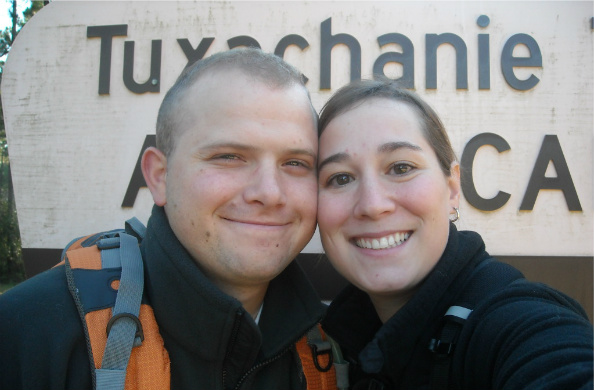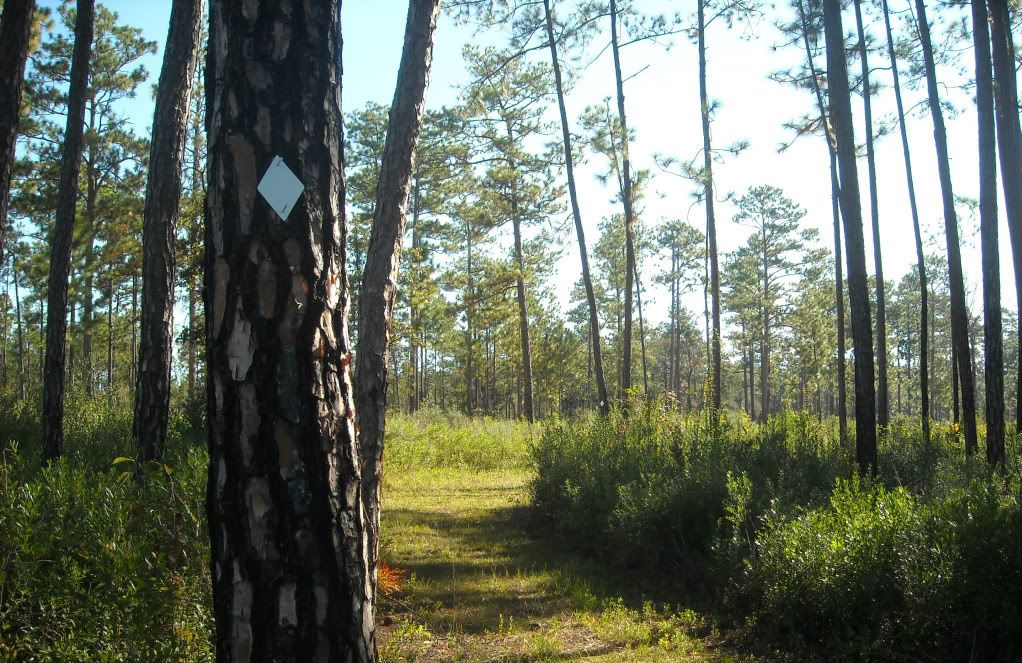Every great city has a history that belongs to it. It is hard to imagine the process that a city will go through to be where it’s at today. Every major city has to go through growing pains, natural
disasters, and war to lay the foundations of the city it is today. Tokyo is no exception, with its foundations building out of Edo. Fun fact, Edo means “bay-entrance” or “estuary”.
Edo was the former name for Tokyo and was the seat of power for the Tokugawa shogunate.Edo started as a small fishing village in 1457 then worked its way up to the capital of Japan in1603. Edo became the headquarters of the Tokugawa bakufu in 1603 making it the de factocapital of Japan. Kyoto was the formal capital at the time, but the political power rested in Edo. A bakufu is a system of government of a feudal military dictatorship. Japan still had an emperor during this time and resided in Kyoto, but the Shogun had all the political power. Eventually over 1,000,00 people lived in Edo by 1721, therefore making it the largest city in the world at that time. It was in 1868 when the shogunate ended, that Edo was renamed to Tokyo and the emperor moved his place to Tokyo.
You can experience this evolution from nothing to the Tokyo we know today at the Edo museum. This museum is modeled after an old storehouse, which towers over you as you walk up to it. You take an escalator up to the 5th floor, where you walk up to the 7th to start your tour of the Edo. A
replica of the Nihonbashi, a large bridge that lead into Edo, starts you off as you begin your journey through time. The Edo museum contains many artifacts that show what life was like in Edo from manufacturing tools to tea sets and scrolls to weapons. The Edo museum also has giant replicas of a theater and scale models of Edo through the different eras in Japans history.
All in all it was just another fantastic day spent in Tokyo!
Subscribe to:
Posts (Atom)







